#american lake
Text
Me when… me when… the identity is horror. Who are you? Can you be replicated? Is that replication you? If someone looks just like you, acts like you and is interpreted by others as you, are they you? Do your thoughts count for anything? If everything you actually think stays in your head and never comes out then you die do people grieve you? Do you respond to your name or to any name?
#soma game#whos lila#perfect blue#us 2019#doppleganger#uncanny valley#american psycho#lake mungo#horror#psychological horror#*charlie day Pepe Silvia voice* You know your haunted by the ghost of yourself? The absence of who you are. It’s the alienation of self.#the mandela catalogue#greylock#unreality#black swan
4K notes
·
View notes
Text
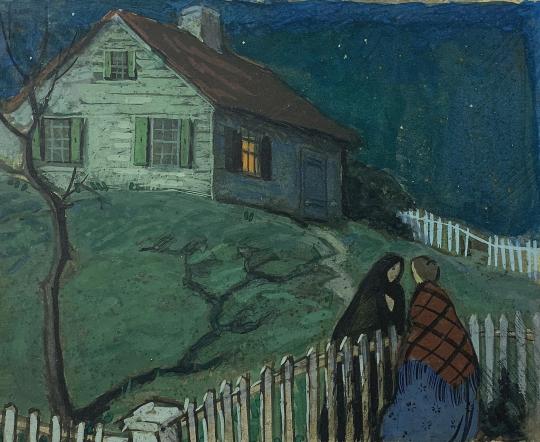
Dorothy Lake Gregory - Moonlight Gossip (1921)
5K notes
·
View notes
Text

Article Link
"Minnetonka first started selling its “Thunderbird” moccasins in 1965. Now, for the first time, they’ve been redesigned by a Native American designer.
It’s one step in the company’s larger work to deal with its history of cultural appropriation. The Minneapolis-based company launched in the 1940s as a small business making souvenirs for roadside gift shops in the region—including Native American-inspired moccasins, though the business wasn’t started or run by Native Americans. The moccasins soon became its biggest seller.

[Photo: Minnetonka]
Adrienne Benjamin, an Anishanaabe artist and community activist who became the company’s “reconciliation advisor,” was initially reluctant when a tribal elder approached her about meeting with the company. Other activists had dismissed the idea that the company would do the work to truly transform. But Benjamin agreed to the meeting, and the conversation convinced her to move forward.
“I sensed a genuine commitment to positive change,” she says. “They had really done their homework as far as understanding and acknowledging the wrong and the appropriation. I think they knew for a long time that things needed to get better, and they just weren’t sure what a first step was.”

Pictured: Lucie Skjefte and son Animikii [Photo: Minnetonka]
In 2020, Minnetonka publicly apologized “for having benefited from selling Native-inspired designs without directly honoring Native culture or communities.” It also said that it was actively recruiting Native Americans to work at the company, reexamining its branding, looking for Native-owned businesses to partner with, continuing to support Native American nonprofits, and that it planned to collaborate with Native American artists and designers.
Benjamin partnered with the company on the first collaboration, a collection of hand-beaded hats, and then recruited the Minneapolis-based designer Lucie Skjefte, a citizen of the Red Lake Nation, who designed the beadwork for another moccasin style and a pair of slippers for the brand. Skjefte says that she felt comfortable working with the company knowing that it had already done work with Benjamin on reconciliation. And she wasn’t a stranger to the brand. “Our grandmothers and our mothers would always look for moccasins in a clutch kind of situation where they didn’t have a pair ready and available to make on their own—then they would buy Minnetonka mocs and walk into a traditional pow wow and wear them,” she says. Her mother, she says, who passed away in 2019, would have been “immensely proud” that Skjefte’s design work was part of the moccasins—and on the new version of the Thunderbird moccasin, one of the company’s top-selling styles.
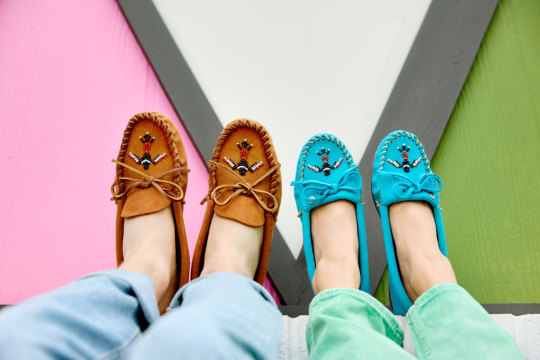
[Photo: Minnetonka]
“I started thinking about all of those stories, and what resonated with me visually,” Skjefte says. The redesign, she says, is much more detailed and authentic than the previous version. “Through the redesign and beading process, we are actively reclaiming and reconnecting our Animikii or Thunderbird motif with its Indigenous roots,” she says. Skjefte will earn royalties for the design, and Minnetonka will also separately donate a portion of the sale of each shoe to Mni Sota Fund, a nonprofit that helps Native Americans in Minnesota get training and capital for home ownership and entrepreneurship.
Some companies go a step farther—Manitobah Mukluks, based in Canada, has an Indigenous founder and more than half Indigenous staff. (While Minnetonka is actively recruiting more Native American workers, the company says that employees self-report race and it can’t share any data about its current number of Indigenous employees.) Beyond its own line of products, Manitobah also has an online Indigenous Market that features artists who earn 100% of the profit for their work.
White Bear Moccasins, a Native-owned-and-made brand in Montana, makes moccasins from bison hide. Each custom pair can take six to eight hours to make; the shoes cost hundreds of dollars, though they can also be repaired and last as long as a lifetime, says owner Shauna White Bear. In interviews, White Bear has said that she wants “to take our craft back,” from companies like Minnetonka. But she also told Fast Company that she doesn’t think that Minnetonka, as a family-owned business, should have to lose its livelihood now and stop making moccasins.
The situation is arguably different for other fashion brands that might use a Native American symbol—or rip off a Native American design completely—on a single product that could easily be taken off the market. Benjamin says that she has also worked with other companies that have discontinued products.
She sees five steps in the process of reconciliation. First, the person or company who did wrong has to acknowledge the wrong. Then they need to publicly apologize, begin to change behavior, start to rebuild trust, and then, eventually, the wronged party might take the step of forgiveness. Right now, she says, Minnetonka is in the third phase of behavior change. The brand plans to continue to collaborate with Native American designers.
The company can be an example to others on how to listen and build true relationships, Benjamin says. “I think that’s the only way that these relationships are going to get any better—people have to sit down and talk about it,” she says. “People have to be real. People have to apologize. They have to want to reconcile with people.”
The leadership at Minnetonka can also be allies in pushing other companies to do better. “My voice is important at the table as an Indigenous woman,” Benjamin says. “Lucie’s voice is important. But at tables where there’s a majority of people that aren’t Indigenous, sometimes those allies’ voices are more powerful in those spaces, because that means that they’ve signed on to what we’re saying. The power has signed on to moving forward and we agree with ‘Yes, this was wrong.’ That’s the stuff that’s going to change [things] right there.”"
-via FastCompany, February 7, 2024
#indigenous#indigenous artists#indigenous art#moccasins#thunderbird#native american#native american art#cultural appropriation#indigenous peoples#cultural representation#minnesota#minnetonka#minneapolis#red lake nation#ojibwe#anishinaabe#reconciliation#fashion#fashion news#good news#hope#indigenous designers#native artist#indigenous artist
1K notes
·
View notes
Text
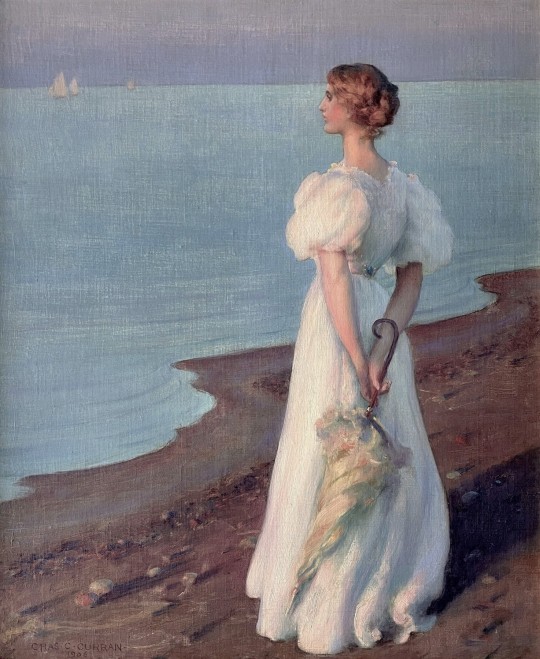
Charles Courtney Curran (1861-1942, American) ~ On the Shore of Lake Erie, 1906
[Source: caldwellgallery.com]
2K notes
·
View notes
Text

Big snow (changes) - Sebastian Blanck , 2022.
American, b. 1976 -
Pen and ink with gouache on paper , 60 x 72 in.
2K notes
·
View notes
Text





#alan wake's american nightmare#mr scratch#ilkka villi#sam lake#alan wake#remedy entertainment#good for them#loonuhtik
287 notes
·
View notes
Text
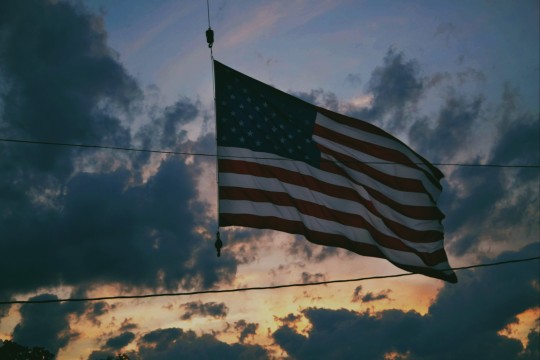
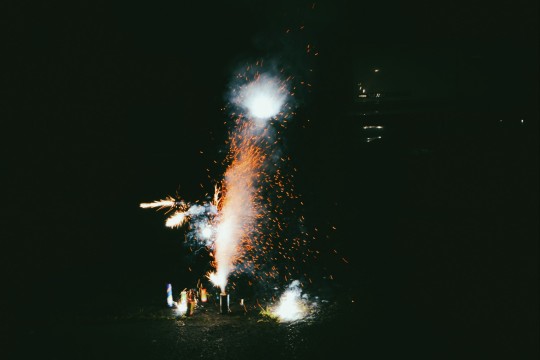
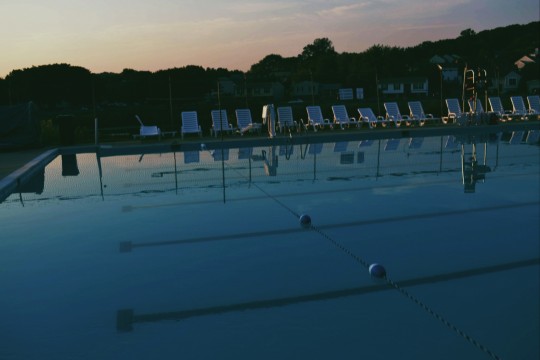

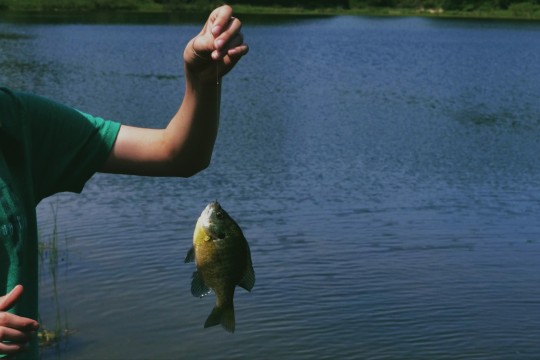
american summers
#mine#DO NOT REUPLOAD#photography#rural#southern gothic#country aesthetic#america#usa#small town america#american gothic#regional gothic#american aesthetic#ruralcore#rural gothic#rural aesthetic#summer#summer aesthetic#summercore#nostalgia#fireworks#fish#fishing#river#lake#original photography#lensblr#photographers on tumblr#american teenager
305 notes
·
View notes
Text
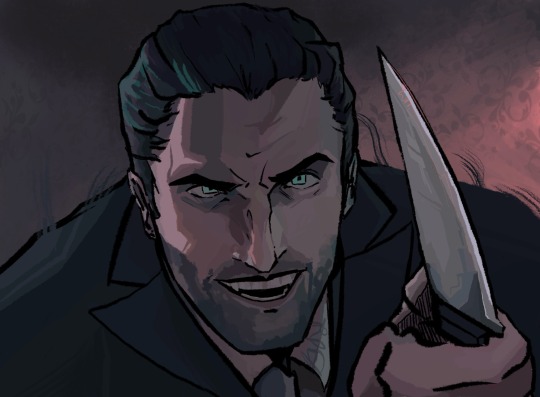
I told you I was psycho~
#my art#alan wake#alan wake american nightmare#american nightmare#mr scratch#ilkka villi#horror#remedyverse#artwork#digital aritst#artists on tumblr#sam lake#remedy games#remedy entertainment
244 notes
·
View notes
Text


No wonder I felt something familiar with how Casey dressed in the second half of the game. Un-fucking-believable.
#alan wake#alan wake 2#scratch#mr scratch#awan#alex casey#ilkka villi#sam lake#scratch!casey#god fcuking damn#goooood FUCKING dAMN#im stupid#alan wake's american nightmare
387 notes
·
View notes
Text
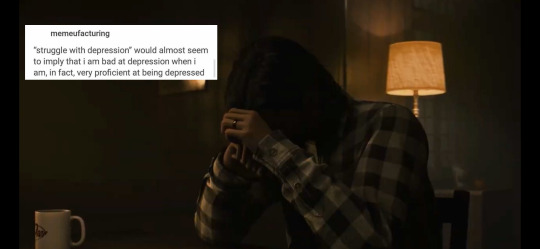
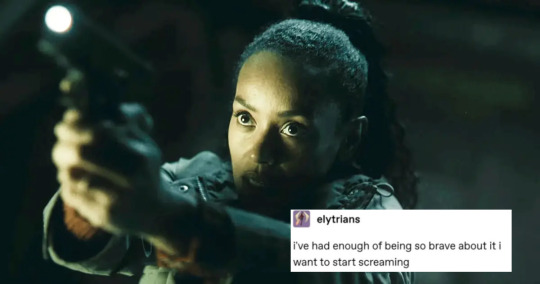


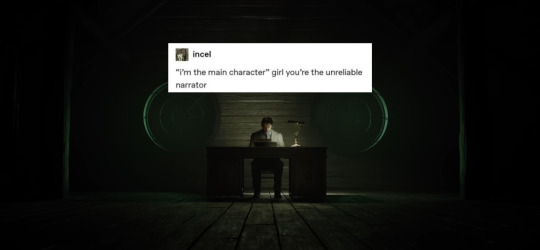


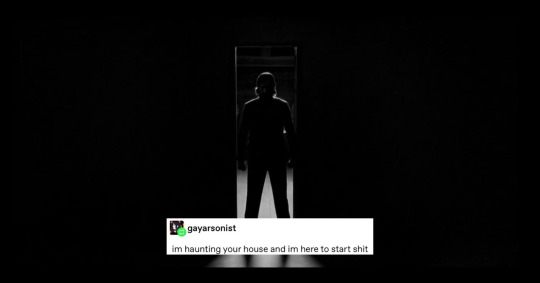
More Alan Wake memes: text post edition
Alan Wake memes: Onion Headlines Edition Part 1, Part 2
#alan wake#alan wake 2#alan wake spoilers#alan wake 2 spoilers#alan wake game#alex casey#ilkka villi#Sam lake#Mr. door#saga anderson#melanie liburd#mr. scratch#alan wake's american nightmare#AWAN#text post meme
308 notes
·
View notes
Text
Two wrongs make a right ~ :))

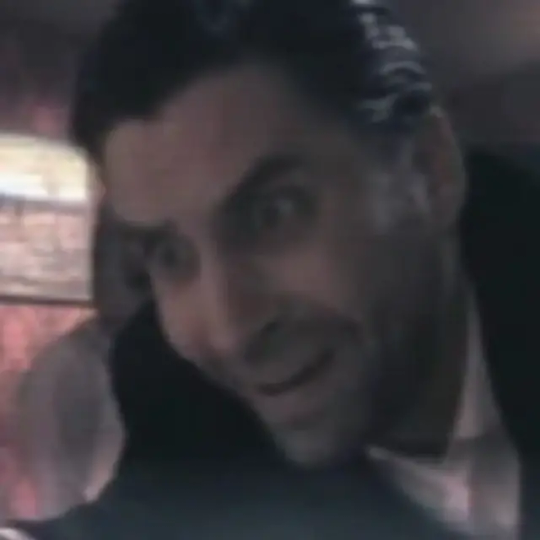
Follow me @mossflavouredbaby on Instagram or @mossflavourbaby on Twitter if you want :))
#alan wake 2#alan wake#ilkka villi#alan wakes american nightmare#awan#mr scratch#scratch#remedy entertainment#art#my art#digital art#doodles#sketch#chibi#chibi style#doodle#fanart#gaming art#remedyverse#sam lake#alan wake fanart#remedy games#line art#artists on tumblr
216 notes
·
View notes
Text
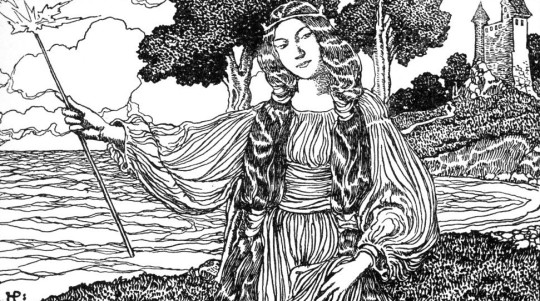
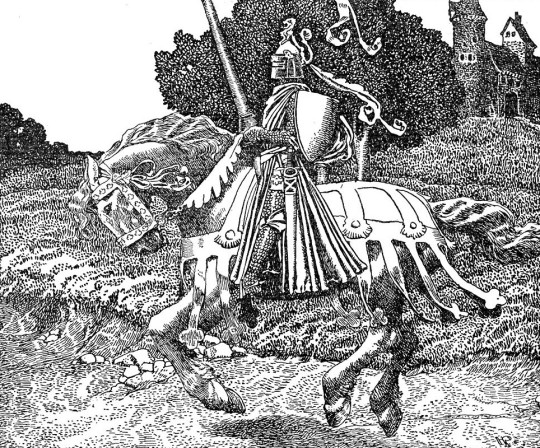
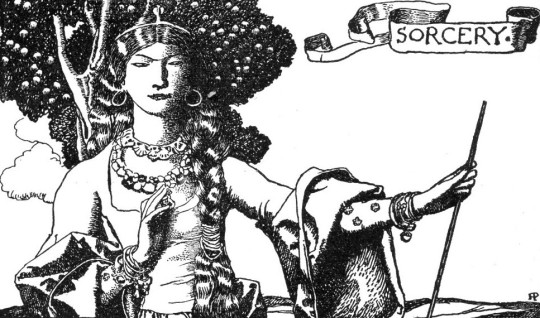
Illustrations from The Story of King Arthur and his Knights by Howard Pyle (1903)
#howard pyle#art#illustration#golden age of illustration#1900s#1900s art#vintage art#vintage illustration#vintage#american art#american artist#books#book illustration#mythology#arthurian mythology#arthurian legend#king arthur#sorcery#lady of the lake#classic art
1K notes
·
View notes
Text
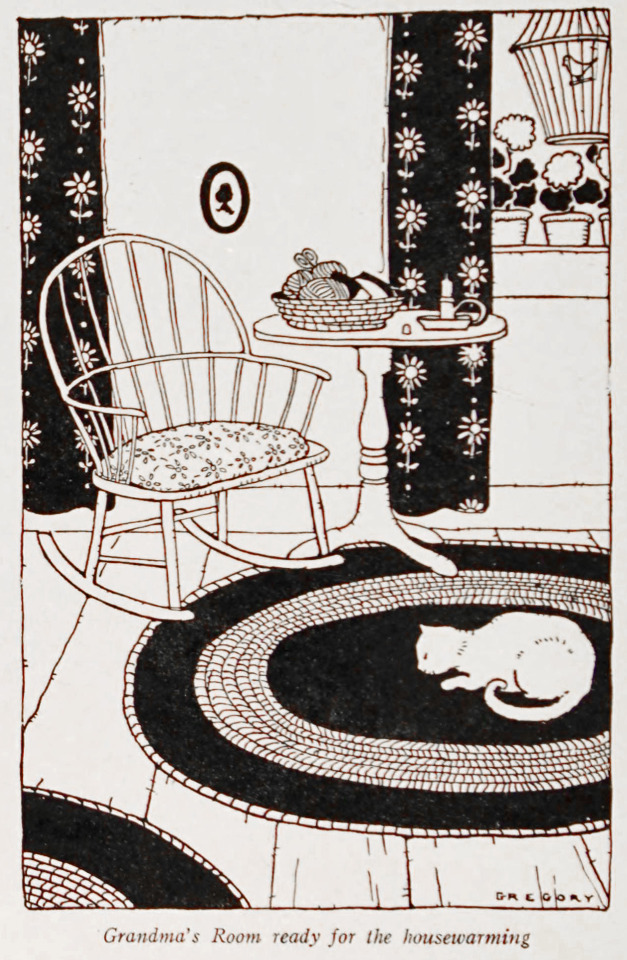
Dorothy Lake Gregory (1893-1975), ''Early Candlelight Stories'' by Stella C. Shetter, 1922
Source
#Dorothy Lake Gregory#american artists#Stella C. Shetter#vintage illustration#black & white illustration#vintage art#cats#children's books#children's literature
203 notes
·
View notes
Photo




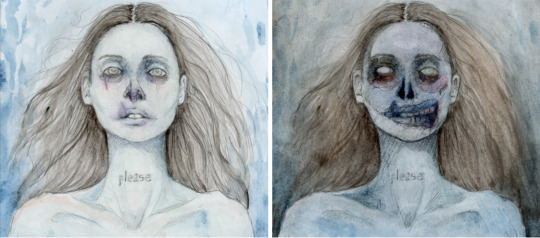
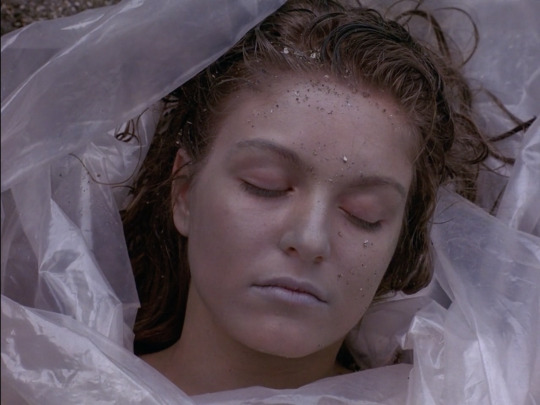
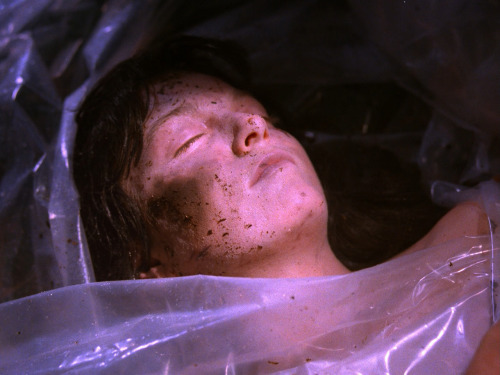
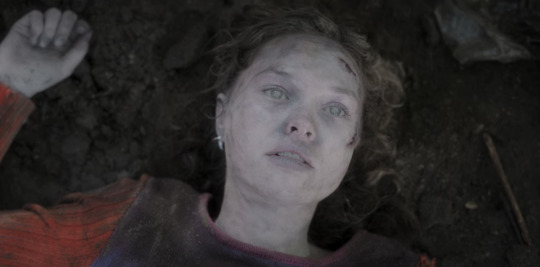

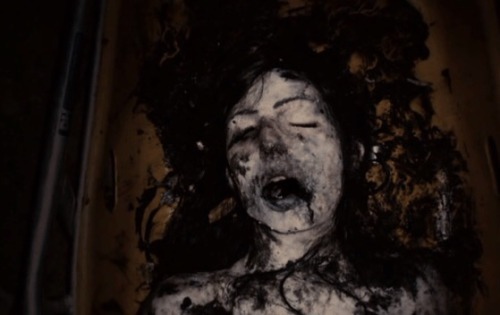
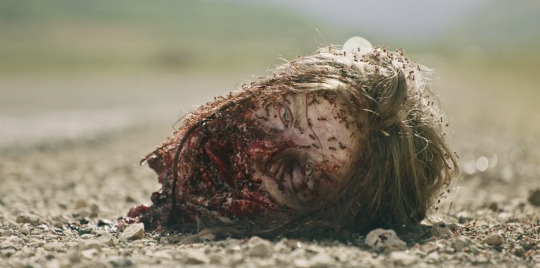
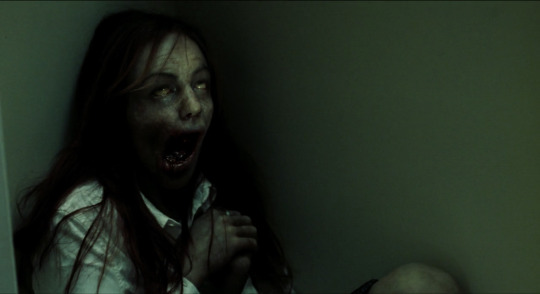
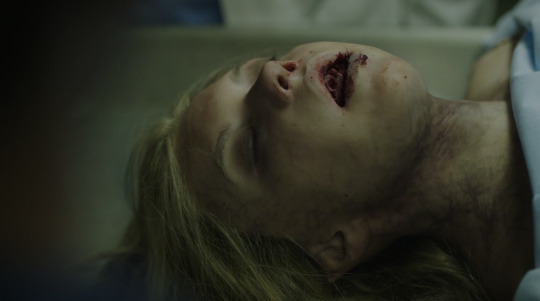

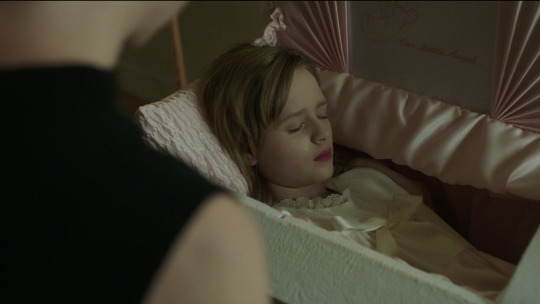
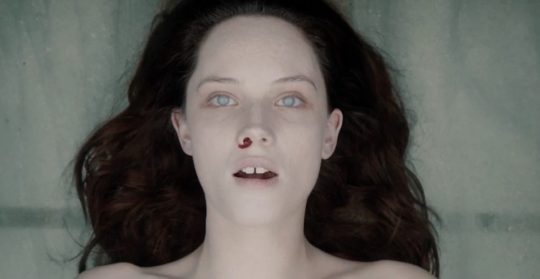
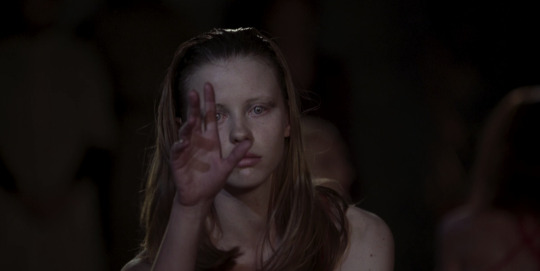
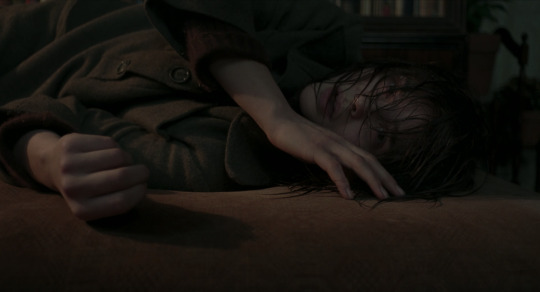
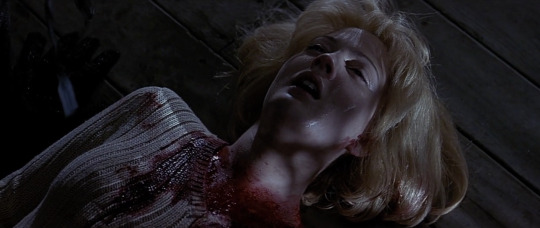

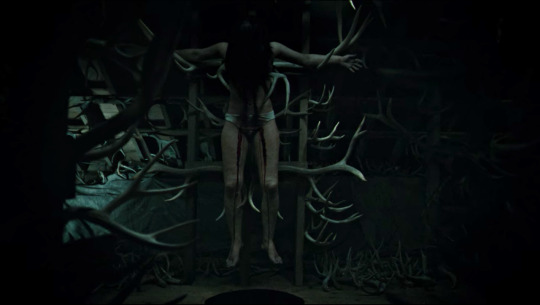
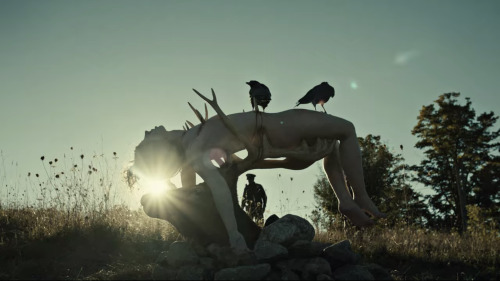


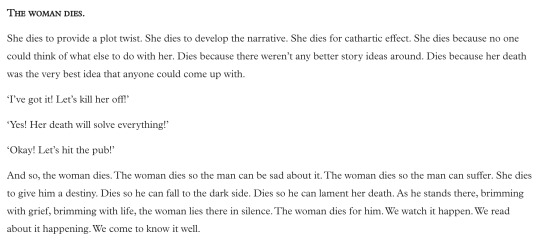
The Slumber Party Massacre / Ginger Snaps / Yellowjackets / Stoker / Hayden Anhedönia / Twin Peaks / Twin Peaks / Boo, Bitch / American Horror Story / Lake Mungo / Hereditary / The Ring / Sharp Objects / Sharp Objects / Sharp Objects / The Autopsy of Jane Doe / Suspiria / Suspiria / Scream / Hannibal / Hannibal / Hannibal / True Detective / Penelope Scott / Aoko Matsudac
#horror#horroredit#slumber party massacre#ginger snaps#yellowjackets#stoker#hayden anhedönia#ethel cain#twin peaks#boo bitch#american horror story#lake mungo#hereditary#the ring#sharp objects#the autopsy of jane doe#suspiria#scream#hannibal#true detective#penelope scott#aoko matsudac#gore tw#long post#thinking about 'fridged women'#starting with literal fridged women then the ghosts/undead/living dead girls then the inciting incident/dead from the beginning girls#anyway#not to be morbid or whatever#EDITED to include hereditary
3K notes
·
View notes
Text

I love the Cascade mountains. It's sooooooo serene and beautiful 😍 being there restores my soul and brings me peace. 😍😊😌
188 notes
·
View notes
Text
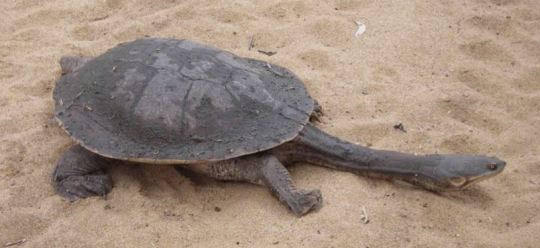
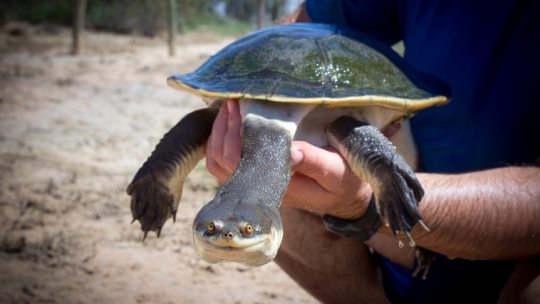

Abroad with the Broad Shelled Turtle
Chelodina expansa, more commonly known as the broad shelled turtle, is one of the largest freshwater turtles in Australia. The length of their shells can reach up to 50 cm (19.6 in), and their neck accounts for an additional 60-80% of their total length. Because of this length, C. expansa tucks its head in sideways as opposed to pulling it directly into its shell. At maximum, females reach a mass of 6 kg (13.2 lbs), while males only typically weigh about 4 kg (8.8 lbs). The top of the shell, or carapace, is dark brown or green, while the underside is a light cream; the same is true for the broad shelled turtle's head, neck, and legs. The feet are webbed, and have large claws which help adults to dig or fend off predators.
While they spend the winter buried in the mud, the broad shelled turtle is most active during the summer months, from November to March. During this time they are almost entirely aquatic, rarely emerging from the water even to bask. This species lives throughout the river basins of eastern Australia, and can be found in rivers, dams, lakes, and wetlands with plenty of vegetation cover. C. expansa is entirely carnivorous, feeding on crustaceans, aquatic insects, fish, and frogs via ambush, and carrion whenever it can find it. To locate prey, they have a keen sense of smell. Adults are not usually predated upon due to their thick shells and sharp claws, but eggs and juveniles are often prey for foxes, dingos, birds, rakalai, and large fish.
C. expansa nests in the winter, beginning in late February or March. Outside the mating season, individuals are generally solitary, but aggressive territoriality has not been observed. When mating time roles around, males seek out females to mate with; following the encounter, the female climbs out onto the bank and digs a nest for a clutch of anywhere from 5 to 28 eggs. To seal the nest, she then slams her body into the re-piled sand and mud, compacting it into a plug that will remain intact until the following year.
Incubation takes about 360 days, though some nests have been recorded as hatching at 500 days; this process is exceptionally slow due to the two periods of diapause, or developmental delays, that embryos pass through in order to survive the winter. Juveniles hatch in the spring, and emerge from the nest at the first heavy rain. It's unknown how long these turtles can live in the wild, but given their slow growth rate and adult invulnerability it's likely that they can live in excess of 20 years.
Conservation status: The IUCN consideres the broad shelled turtle to be Near Threatened, due primarily to habitat loss and high rates of nest predation by introduced foxes.
If you like what I do, consider leaving a tip or buying me a kofi!
Photos
Claire Treilibs
Catherine Heuzenroeder
Shanna Bignell via iNaturalist
#broad shelled turtle#Testudines#Chelidae#snake-necked turtles#Austro-South American side-neck turtles#side-neck turtles#turtles#reptiles#freshwater reptiles#river reptiles#lake reptiles#wetland reptiles#Oceania#Australia#East Australia
252 notes
·
View notes